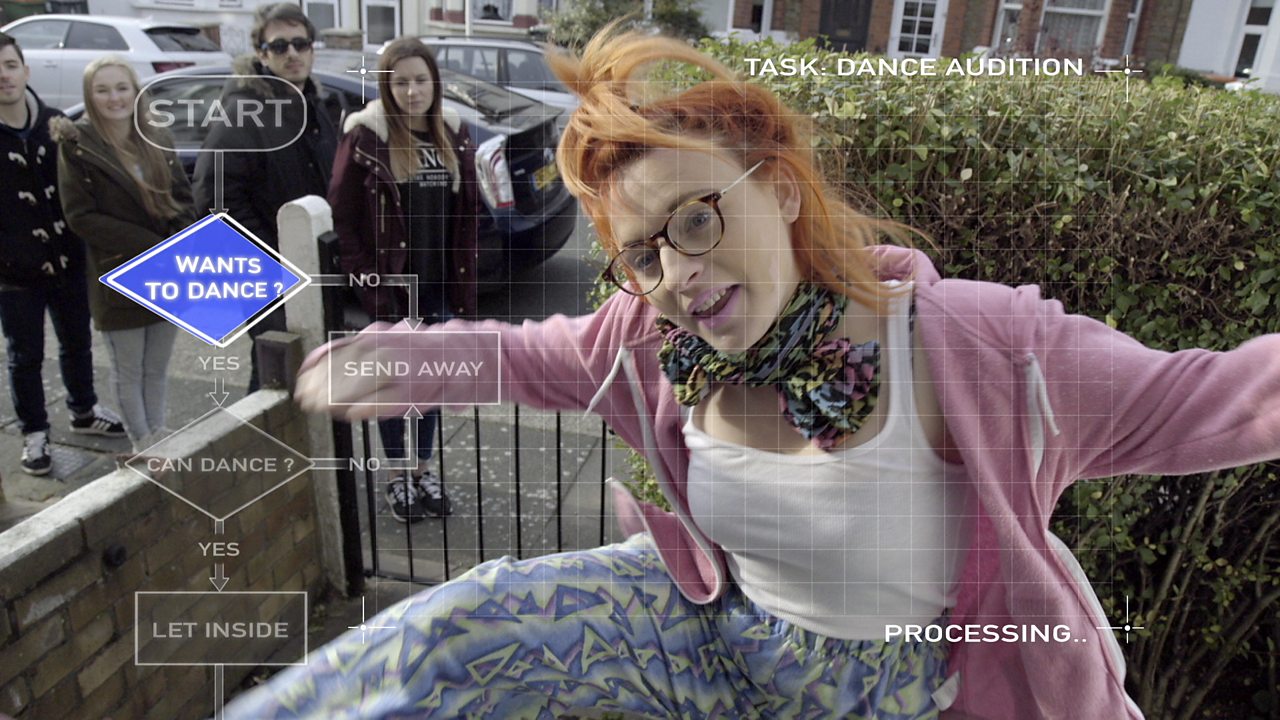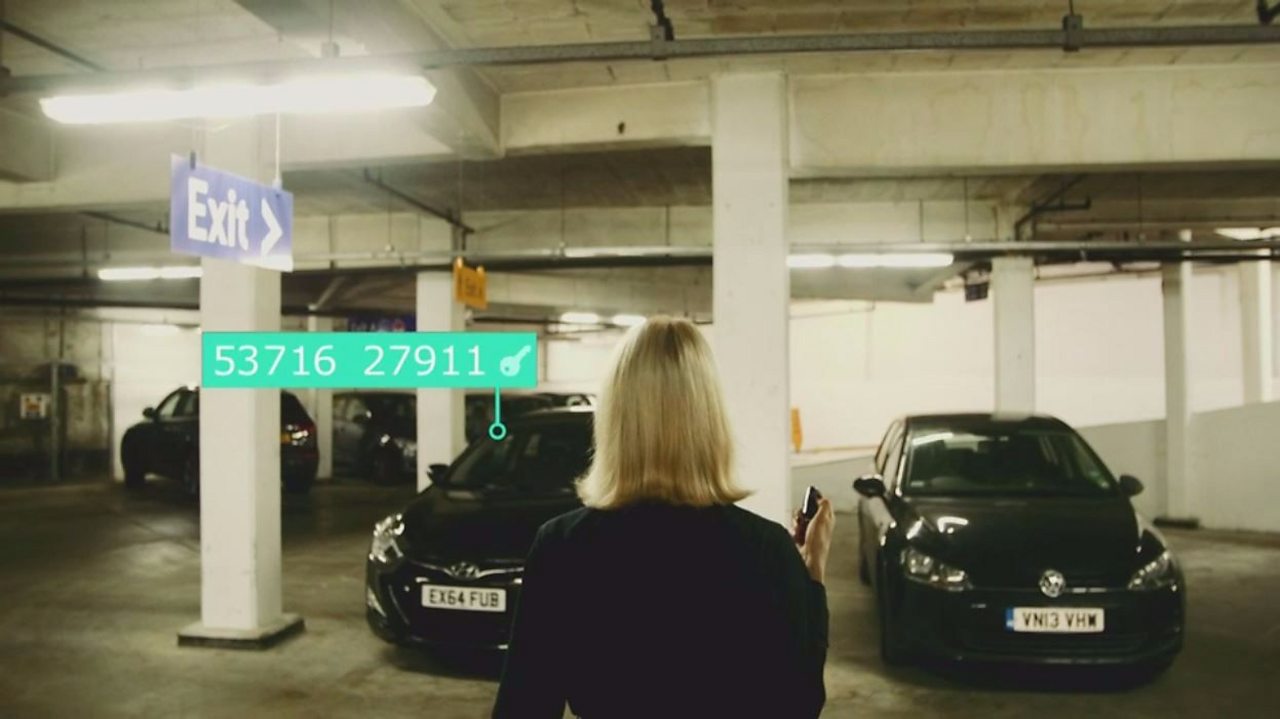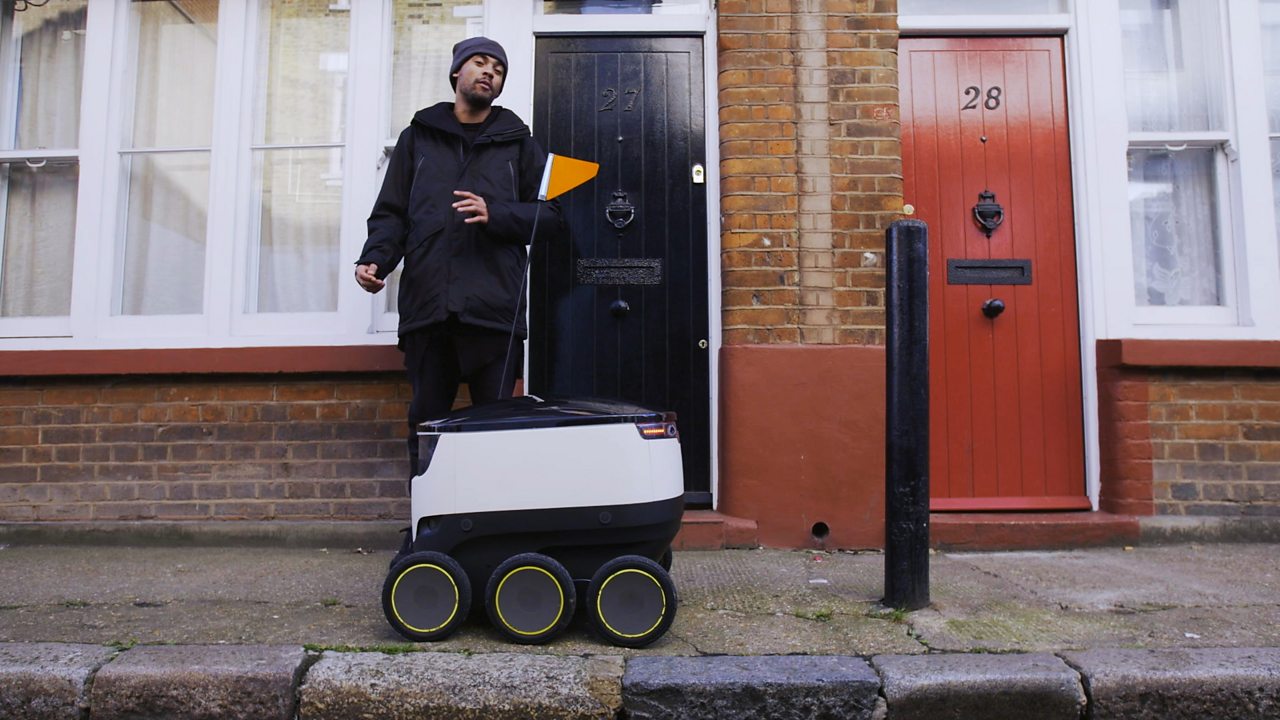Alan Turing: Creator of modern computing
Who was Alan Turing?
Alan Turing was not a well known figure during his lifetime.
But today he is famous for being an eccentric yet passionate British mathematician, who conceived modern computing and played a crucial part in the Allied victory over Nazi Germany in WW2.
He was also a victim of mid-20th Century attitudes to homosexuality – he was chemically castrated before dying at the age of 41.
1926
Discouraged at school
Alan Turing spent much of his early life separated from his parents, as his father worked in the British administration of India.
At 13 years old, he was sent to Sherborne School, a large boarding school in Dorset. The rigid education system gave his free-ranging scientific mind little encouragement, so Turing studied advanced modern scientific ideas, such as relativity, on his own, running far ahead of the school syllabus.
1930
Devastated but inspired by his friend's death
The situation changed when Alan Turing fell in love with another able pupil, Christopher Morcom.
He was inspired to communicate more and also to become an academic success. But Christopher died suddenly from tuberculosis. Devastated, Turing wanted to believe that Christopher’s mind somehow lived on. His emotional turmoil involved a scientific fascination with the problem of mind and brain that underlay his later work.
1935
A new home in Cambridge
Turing won a scholarship to King's College, Cambridge, and took the mathematics degree with distinction.
He thrived in a culture that encouraged his scientific interests and as a young gay man he also found protection in the liberal ambiance the college provided. At just 22, he was elected to a Fellowship. Turing was already on track for a distinguished career in pure mathematics. Yet his unusual interest in finding practical uses for abstract mathematical ideas was to push him in an altogether different direction.
1936
Founder of modern computing
In 1936, Turing published a paper that is now recognised as the foundation of computer science.
Turing analysed what it meant for a human to follow a definite method or procedure to perform a task. For this purpose, he invented the idea of a ‘Universal Machine’ that could decode and perform any set of instructions. Ten years later he would turn this revolutionary idea into a practical plan for an electronic computer, capable of running any program.
1939
Breaking the Enigma code
After two years at Princeton, developing ideas about secret ciphers, Turing returned to Britain and joined the government’s code-breaking department.
In July 1939, the Polish Cipher Bureau passed on crucial information about the Enigma machine, which was used by the Germans to encipher all its military and naval signals. After September 1939, joined by other mathematicians at Bletchley Park, Turing rapidly developed a new machine (the ‘Bombe’) capable of breaking Enigma messages on an industrial scale.
1941
End of a brief engagement
In 1941, Turing’s section, ‘Hut 8’, mastered the German submarine communication system that was vital to the battle of the Atlantic.
In the course of this exciting work he found the friendship of another mathematician, Joan Clarke. Turing proposed to her, but immediately told her of his ‘homosexual tendencies’, and the engagement soon ended. After this, he became more confident in developing his homosexual life. Meanwhile, the war took a new turn as America joined the war.
1944
The electronic connection
Turing worked on other technical innovations during the war – in particular, a system to encrypt and decrypt spoken telephone conversations.
Codenamed Delilah, it was successfully demonstrated using a recording of one of Winston Churchill's speeches, but was never used in action. However, it gave Turing hands-on experience of working with electronics, and led to a position at the National Physical Laboratory (NPL), where he worked on what he sometimes described as an ‘electronic brain’.
1946
Designs a first electronic computer
In March 1946 Turing produced a detailed design for what was called the Automatic Computing Engine (ACE.)
This was a digital computer in the modern sense, storing programs in its memory. His report emphasised the unlimited range of applications opened up by this technological revolution, and software developments ahead of parallel American developments. Yet his relationship with NPL soured and he left in 1948, before a pilot version of the ACE was made in 1950.
1950
Can a machine think?
Turing moved to the University of Manchester, where electronic engineers had already demonstrated a very small stored-program computer.
Now he focused on the use of computers. His main theme had been in investigating the power of a computer to rival human thought. In 1950, he published a philosophical paper including the idea of an ‘imitation game’ for comparing human and machine outputs, now called the Turing Test. This paper remains his best known work and was a key contribution to the field of Artificial Intelligence.
1951
A theory of life
Turing turned to a completely new scientific project, which exploited his ability to use the Manchester computer.
It was the problem of understanding the biological patterns – spots, stripes, flower petals – of nature. He proposed an explanation in terms of chemical interactions and developed equations for them. His paper on this theory, completed in 1951, became a classic and is still the subject of intense investigation 60 years later. In the same year he was elected a Fellow of the Royal Society for his earlier work.
1952
Convicted for gross indecency
All male homosexual activity was illegal until 1967, and Turing was prosecuted when an affair with a young man came to the notice of the police.
He made a statement lacking any element of contrition, and was treated severely. Rather than go to prison he accepted probation on the condition of having hormonal treatment which was, in effect, a chemical castration. His security clearance was revoked, ending ongoing work with the government code-breaking department – now called GCHQ (Government Communications Headquarters). His reaction was one of defiance and bravado: in particular escaping British law by going abroad to Norway and Greece.
1954
His final year
Turing’s problems were not over. Defined as a security risk, he was harassed by police surveillance.
Alan Turing was found dead in bed by his cleaner on 8 June 1954. He had died from cyanide poisoning the day before. A partly eaten apple lay next to his body. The coroner’s verdict was suicide. His mother argued he had accidentally ingested cyanide during an amateur chemistry experiment, but he had probably planned his death to allow her to think this.
2013
Royal pardon and posthumous recognition
Turing was granted a royal pardon in 2013 for his 1952 conviction for gross indecency.
The Bank of England's £50 note now features a portrait of Alan Turing, released into circulation on what would have been his birthday on 23 June 2021.
Andrew Bailey, the governor of the Bank of England, said in 2021: "He (Turing) was a leading mathematician, developmental biologist, and a pioneer in the field of computer science.
"He was also gay, and was treated appallingly as a result. By placing him on our new polymer £50 banknote, we are celebrating his achievements, and the values he symbolises."


